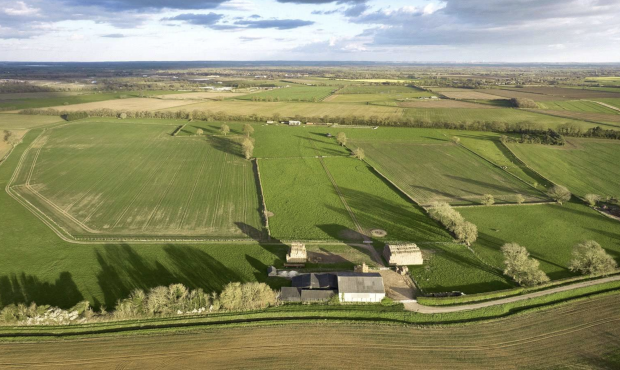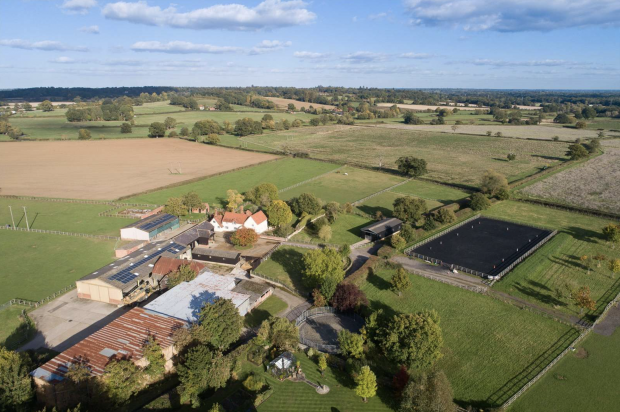Although buying an equestrian property requires a significant financial outlay, very few people bother to have a survey carried out before signing on the dotted line.
Because a mortgage valuation includes a report on the state of the property, it may seem redundant to pay extra for a survey, but this apparent saving can prove costly.
“A mortgage valuation tells the lender: ‘If we have to foreclose on this property, will we have be able to sell it for similar money?’
“Relying on it is unwise. It’s like owning a house and not bothering to insure it,” says Peter Faulkner, senior partner at Faulkners, the Property Professionals, in Hertfordshire.
The most appropriate survey for an equestrian property combines an assessment of land and premises with planning requirements and a health check on the house.
“Within an equestrian property, there are issues other than whether the house is standing up or falling down,” points out Faulkner. “Where does your water supply come from? Does it go through somebody else’s land and if so, do you have a right to fix a broken pipe?”
Judith Norris of Judith Norris Ltd, a chartered surveyor specialising in rural planning, agrees: “You need to cover everything down to what sort of manure storage arrangements a property has, because if the rain beats down on the manure heap and it gets directed to a watercourse, you could end up being prosecuted.”
A good survey will also look into planning permission requirements and how likely it is that the local authority will grant consent. A residential property will need a change of use if it is to be turned into a commercial yard.
“It’s important to know what designation your area falls under – whether it is an Area of Outstanding Natural Beauty, National Park or greenbelt – because it limits what you can do,” says Norris. “For example, if an area if affected by Article 4 Directions, you could not have a show on the grounds.”
The third leg of an equestrian property survey will cover the house itself. The Homebuyer Survey and Valuation Report looks at a property’s major faults and urgent concerns, as well as assessing its value on the open market.
It follows a format set by the Royal Institution of Chartered Surveyors and is recommended for modern properties.
The more expensive full-building survey – which also examines minor faults and evaluates the cost of repairs – is preferable if buying a period property or one that requires major development work.
Faulkner recommends that buyers have their survey carried out in stages: “First, find out if land and premises are suitable, then start looking at the planning and residential parts. If you did it all in one go, you could end up paying for the structural survey, which can be expensive, only to discover that the property doesn’t meet your needs.”
Even buyers who are determined not to invest in an independent survey should at least get a mortgage valuation carried out by a chartered surveyor who is knowledgeable about rural property. This will give a more accurate picture of their intended purchase, which will in turn help them to secure appropriate funding.
“Most lending companies have their own surveyors, but the majority will be residential and won’t know the finer points of equestrian facilities. Shop around not only for a cheaper mortgage but also the company that offers the best surveying service,” says Lindsay Burden of country and equestrian agents Fox Grant.
It also helps to look at your prospective purchase with the eyes of a surveyor.
“Look at the type and state of the land, the fencing and drainage,” says George Andrews of Churchill Country & Equestrian.
“Then at the state of the buildings, the size of the stables, whether there is planning consent for ancillary accommodation, if the property is for private use or livery use and whether there is potential to improve the facilities. In terms of location, look at the security of the property, communication links and access to good riding without having to go on to major roads.”




